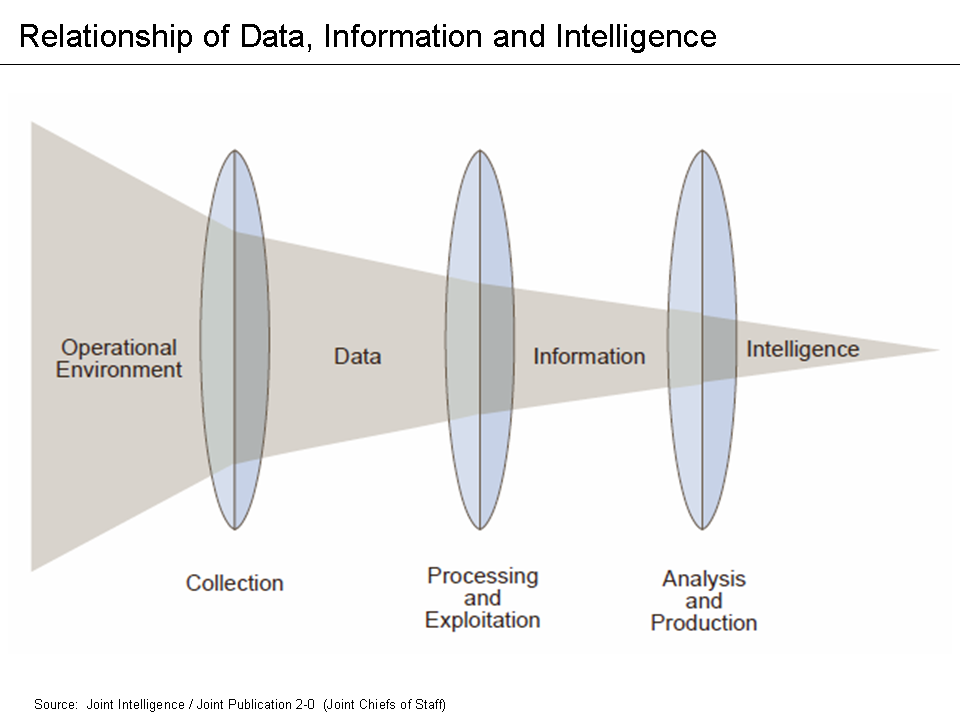Data ≠ Information
I was working in a company making most of its money on online advertising. It wasn’t very intrusive, most of the users didn’t even suspect there’s some advertising involved. Users were searching for flower stores, restaurants and so on, and advertised businesses were close to the top in search results.
I left the company, but the experience put some everlasting questions in me. What if companies stopped pouring money into online advertising? How the Internet would look like if online advertising was unprofitable?
Some people call online advertisement a bubble, and for a reason. Ebay disabled some paid keywords for advertisements in a search engine and it did not affect the number of clicks from the search engine results to ebay at all. Was it a smart move to stop paying for click when people search for “ebay” and click on the first link? Sure it was, it allowed to save millions of dollars.
Backend logic supporting ads uses complex algorithms, sometimes mixed with machine learning. All for the sake of increasing of the number of paid clicks. Results are questionable, i.e. nobody knows if it really works. Details in the article.
There is also a beautiful article from Nicholas Alexander with name Data does not equal information
I like this part:
Totally relevant to the most data processing systems we build nowadays.For the first ten years of my career in advertising, we didn’t have that much data to use. We knew that a Saab was a car for someone likely to wear black and be an architect, and that ads for such a product in the design press was a sensible move. Our sense of touch was adept.
Now we’ve so much data, we’re blind and don’t bother to feel. We’ve hoarded as much data as we can, but it’s the wrong data, measured badly, poorly stored and largely pointless. We tend to aggregate from far too many places that it becomes gray. The reality is that every business case and scenario is different, because every brand’s challenge is unique. Let’s go back to a common-sense approach based on feeling our way through and adding data later.
Information ≠ Understanding
Here is a cool example of a backward bike to illustrate the concept.
Typically, understanding involves tacit knowledge.
Pure information does not involve it.
The funnel
The inequalities above are well-known in armed forces, they just have slightly different terms for data, information, and understanding. It’s data, information and intelligence.
The relationship is described in the Intelligence cycle.
